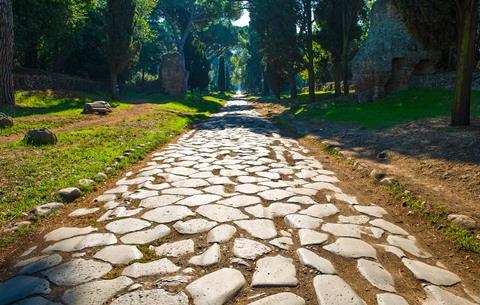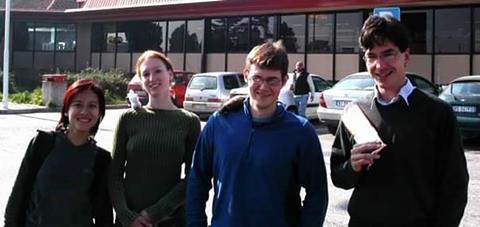Rome has a unique capacity to enrich, Simone Shu-Yeng Chung tells Eleanor Jolliffe

The luxury of Rome is that the antiquities are so accessible- just there. Things are allowed to age. This may not necessarily feel revelatory but for Simone Shu-Yeng Chung, it is one of the aspects of Rome that has stuck with her through the years since her nine month scholarship at the British School of Rome in 2002. Now an Assistant Professor with the Department of Architecture at the National University of Singapore, Chung describes that in Singapore historical artefacts are frozen in time. Preserved in pristine state, heritage is managed differently. The beauty of Rome is how visible time is.
Born in Malaysia, Chung was studying in the UK when she applied for the Rome Scholarship to investigate different ways of perceiving Rome through cartography. She embraced the community of the BSR wholeheartedly, admitting to being side-tracked by collaborations with local institutions and other residents. She remembers exhibiting her urban collages at the mostra (exhibition) by BSR artists in residence, and collaborating with La Sapienza University’s architecture department on a workshop, related to the Via Appia with Accademia de San Luca.

This BSR centred collaboration has appeared again recently with Jacopo Benci, one of the assistant directors of the BSR in 2003, who worked with her on co-editing the catalogue for the Singapore Pavillion at the Venice Biennale for which she was a curator in 2021. For Chung, such exchanges were a highlight of her time at the BSR - the multidisciplinary cohort, the excursions to archaeological sites and art pilgrimages they organised among themselves, the socialising and friendships with other national academies in Rome.
However, if the BSR was in London, or Paris, or Singapore, she doesn’t think it would have been as enriching. The legacy of a cultural institute in such an ancient and layered city; the immersive nature of the experience was a privilege she admits she did not fully appreciate at the time.

Her research focussed around reading Rome through maps, and the nine months she spent looking at this equipped her to frame understanding specific approach to apprehending the urban environment, to ‘read the city as text’. Her work consolidated a ‘palimpsest of junctions’ and she found the inputs of the other residents helpful in challenging her perceptions and readings of Rome. The library still holds a strong place in her heart with its corridors of books and bound volumes of antique maps.
Chung had never considered academia until her time at the BSR - and though this would eventually become her career, it was not immediate. On returning to the UK she studied for her Part 3, practised for around four years and then the 2008 recession hit. She saw an opportunity to explore academia through a PhD at Cambridge and has not looked back since. This late career change is partly attributed to her time at the BSR - she was still young when she went, having barely finished her Part 2. She reflects that much of her learning from her time was not immediate, it took several years for the benefits she’d gained to come together. To this day she is discovering elements of her architectural foundation that were formed by this time in Rome.
The BSR in two words according to Chung? Legacy and enrichment.
















No comments yet